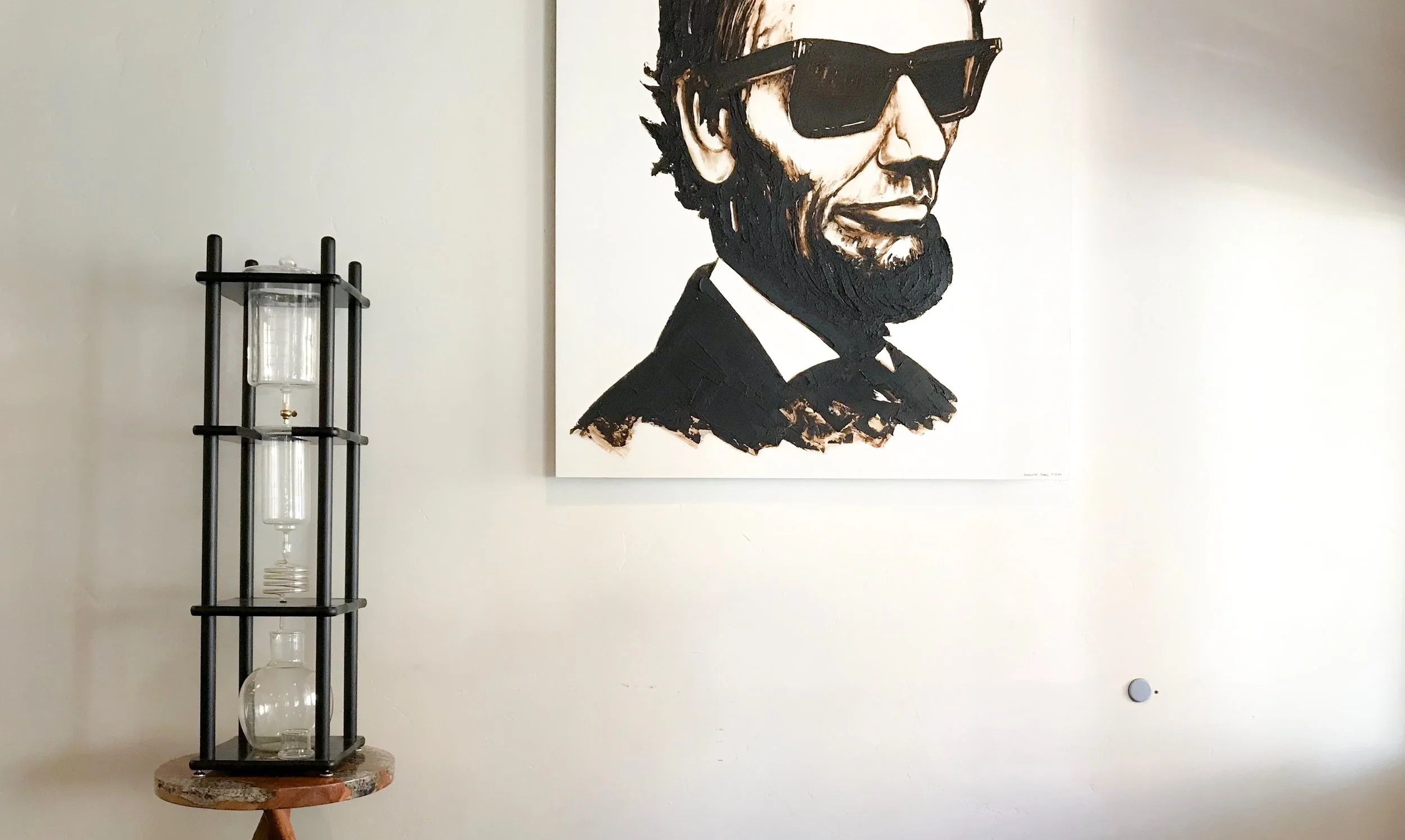Author: Julie Terebkov
Get ready for a history lesson mixed with a little Karate Kid, coffee, and Japanese innovation. Just as Daniel-san took some time to understand why he was waxing a car and painting a fence while learning karate so is the process of Kyoto slow drip. It's not necessarily complicated when you get it going but, when you look at the contraption set out before you, your brain isn't sure if you're making coffee or experimenting in a science lab. Now the second part of this whole journey is patience and restrain while watching each little drop go through the coffee. My first thought was why not just throw a bag of coffee into water, it's simpler and less work. But, is it as beautiful and intricate? - No. If we could describe Kyoto slow drip in one quote we would use the infamous one from Karate Kid (the original duh...).
"Patience young grasshopper." - Mr. Miyagi
This particular brewing method requires patience, finesse, and a lot of experimenting. However, it creates a cold cup of coffee that embodies all the complexities and nuances of the beans you chose for the brew. Quite different from the taste of regular cold brew where all the coffee is submerged in cold water immediately, the slow drip comes out cleaner without the "murky" residue one would find with cold brew. Slow drip is just what it sounds like; cold brew made by dripping individual drops of water through coffee over many hours. You can see the difference even in the color; the slow drip comes out a lot darker almost like a stout or a syrup, without any oils or particulates.
If you're wondering about the name, it comes from the city in Japan that popularized the method, Kyoto. There's no crazy story of goats eating mysterious fruit for this coffee history lesson (if you're confused, look up how coffee got started). Nobody can know for sure how this brewing method came about, just like most stories in coffee history lessons. One theory is, while trading out at sea, the Dutch brought over the idea of cold brewing coffee as a practical way of storing and moving brewed coffee. The Japanese saw this idea and built on it over the centuries that followed and created a more artistic and craft version of this method. Japan seems to always find a more beautiful and precise way of doing everything. I mean why watch a bag drift around in a bunch of water when you could watch the rather beautiful and intricate Kyoto slow drip? Hopefully you're not actually spending 12 hours watching either but, the slow drip is rather mesmerizing.
At Fourscore we've been using our Guatemala peaberry coffee as our main choice for the slow drip. This particular coffee produces that rich, syrupy body that is found with slow drip coffee. Specifically the Guatemala peaberry gives off a note of roasted cacao and a caramel sweetness for the finish. We find that it's a lot smoother than regular cold brew, even when using the same coffee. Now something to note, slow drip has an even higher caffeine content than regular cold brew coffee. It's not a ton more but, there is more caffeine due to the slower extraction process compared to cold brew.
Come on by and try out our slow drip, or just sit and watch the strange magic of the Kyoto slow drip brewer. Also if you haven't checked out our last post about the history of coffee, you can take a peek HERE. Finally, if you're wanting to get one of these lovely contraptions for your home, you can buy it HERE.
Stay classy coffee tribe.

